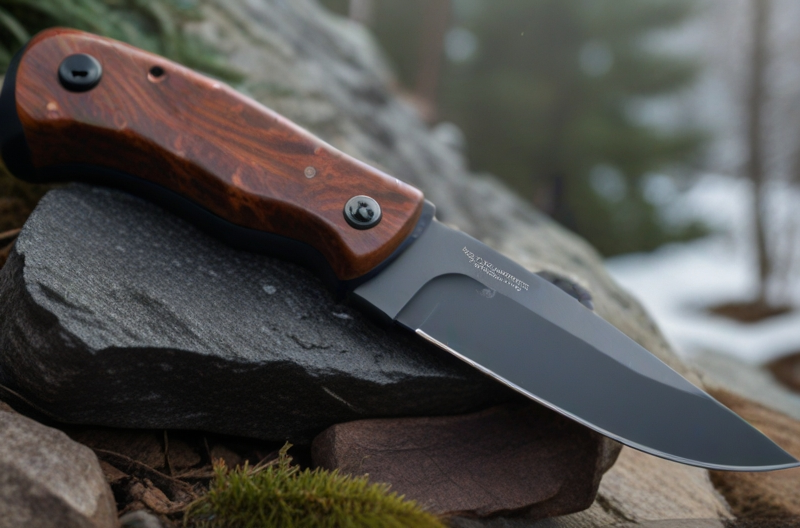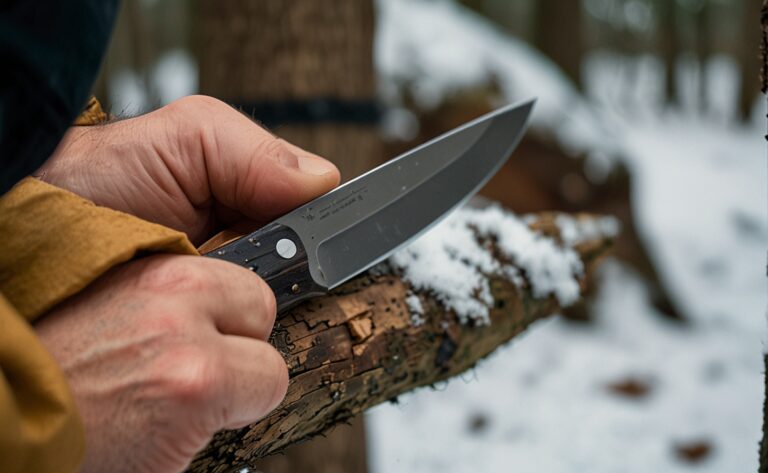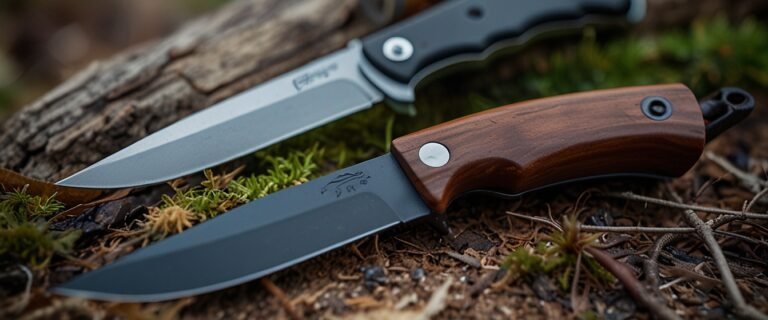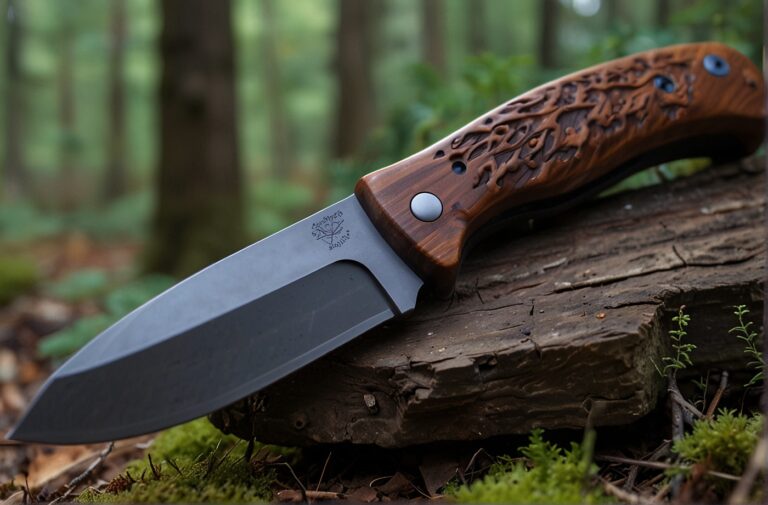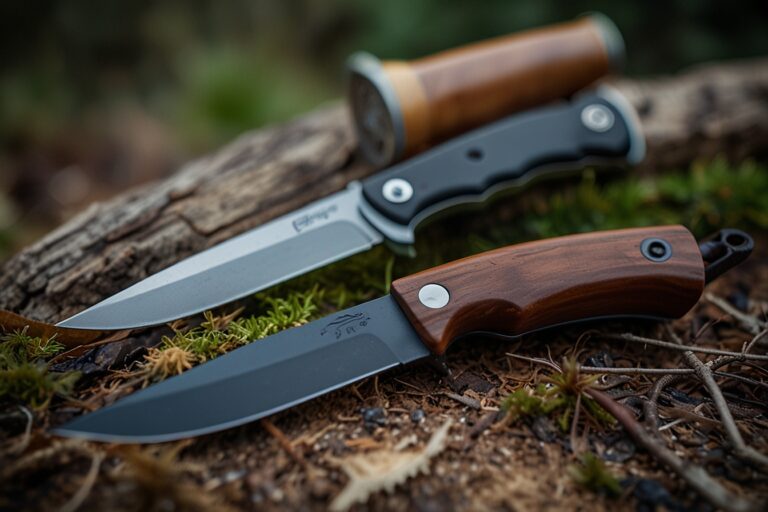How do I choose a bushcraft knife?
A Guide to Choosing the Best Bushcraft Knife for Your Adventures.
Bushcraft, the art of thriving in the wilderness with minimal tools, requires a reliable companion: your bushcraft knife. Whether you’re a seasoned outdoor enthusiast or a beginner exploring the wild, selecting the right knife can significantly impact your outdoor experience. Here’s a comprehensive guide to help you choose the best bushcraft knife tailored to your specific needs:
1. Blade Material:
- High Carbon Steel: Known for its durability and ease of sharpening, high carbon steel holds its edge well, making it ideal for heavy-duty tasks.
- Stainless Steel: Resistant to corrosion, stainless steel knives require less maintenance, but they might be harder to sharpen in the field.
2. Blade Design:
- Full Tang: Opt for a knife with a full tang, where the blade extends through the handle, ensuring strength and durability for rugged use.
- Drop Point or Clip Point: These designs offer versatility for various tasks, such as carving, slicing, and piercing.
- Scandi Grind: Common in bushcraft knives, the Scandinavian grind provides excellent control for woodworking and carving tasks.
3. Blade Length:
- 4-6 Inches: Strikes a balance between maneuverability and utility, suitable for a wide range of bushcraft tasks without being too bulky or unwieldy.
- Longer Blades: If you prioritize chopping and batoning, consider longer blades, but be mindful of added weight and reduced precision for finer tasks.
4. Handle Material:
- Wood: Traditional and aesthetically pleasing, wood handles offer a comfortable grip but may require more maintenance to prevent cracking or warping.
- Micarta or G10: These synthetic materials provide excellent grip even in wet conditions and are highly durable, ideal for rugged outdoor use.
5. Handle Design:
- Ergonomic Shape: Look for handles with ergonomic contours that fit comfortably in your hand, reducing fatigue during prolonged use.
- Guard or Finger Choil: Features like a guard or finger choil enhance safety and control, preventing your hand from slipping onto the blade during tasks.
6. Sheath Quality:
- Secure Retention: Ensure the sheath securely holds the knife in place to prevent accidental loss, especially during vigorous movement.
- Attachment Options: Look for sheaths with versatile attachment options, such as belt loops or MOLLE compatibility, for convenient carry during outdoor adventures.
7. Budget Considerations:
- Value vs. Price: While high-quality bushcraft knives may come with a higher price tag, consider it an investment in reliability and performance that can last a lifetime.
- Budget-Friendly Options: If you’re on a tight budget, there are still plenty of affordable options available, but prioritize essential features like blade material and construction quality.
8. Personal Preferences:
- Customization: Some knife makers offer customization options, allowing you to tailor the knife to your specific preferences, such as blade finish, handle material, and sheath design.
- Trial and Error: Ultimately, the best bushcraft knife is one that feels comfortable and functional in your hands, so don’t hesitate to try out different knives and handle designs to find your perfect match.
In conclusion, choosing the best bushcraft knife involves considering factors such as blade material, design, length, handle material, sheath quality, budget, and personal preferences. By understanding your specific needs and the demands of your outdoor adventures, you can select a bushcraft knife that will serve as a reliable companion on your wilderness journeys.

